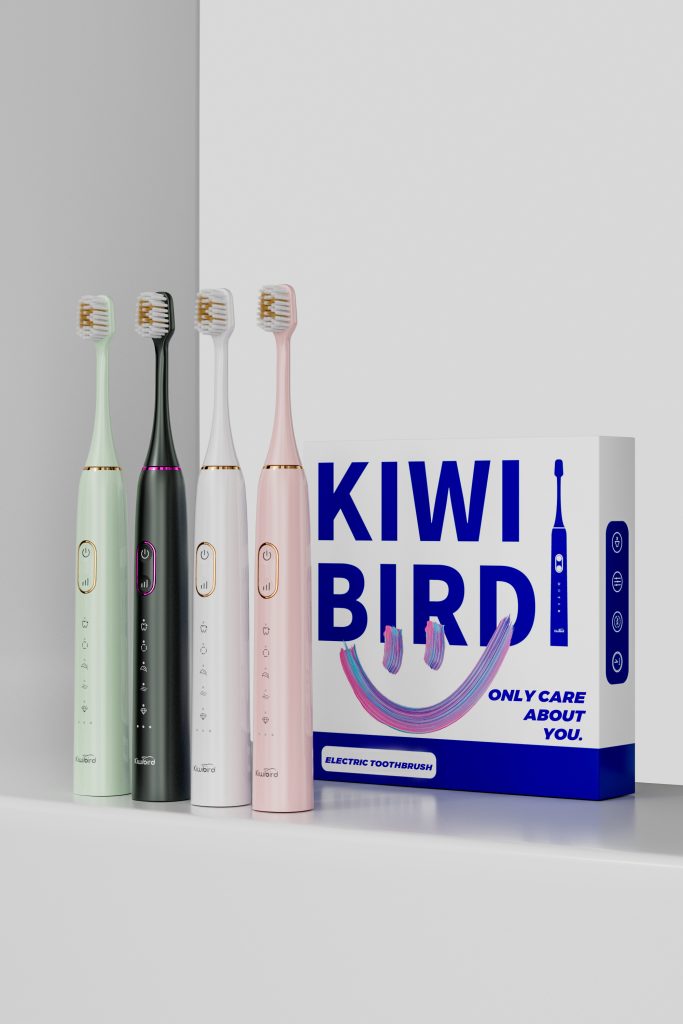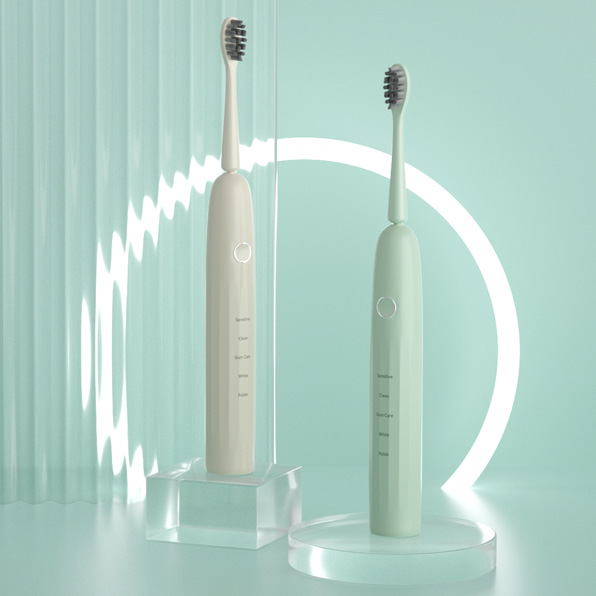When it comes to user comfort and device safety in oral care electronics, two issues often arise separately—battery bloating and jaw fatigue. However, when these two problems appear simultaneously, it raises an important question: are they truly unrelated, or is there a hidden mechanical and ergonomic link that manufacturers need to address? This blog explores the subtle yet critical relationship between battery deformation and user fatigue, especially in handheld dental care products like electric toothbrushes and water flossers.
Battery bloating refers to the swelling of a lithium-ion battery due to internal gas buildup, often caused by:
When a battery swells, it doesn’t just compromise internal integrity—it can physically distort the device’s outer shell, including the handle, affecting both ergonomics and functionality.
Battery bloating can subtly warp the handle’s shape, making it harder for users to maintain a relaxed grip. A swollen or misaligned casing may:
These structural shifts force the jaw and hand to work harder during use, contributing to jaw fatigue over time, especially during extended brushing or flossing sessions. Company web:https://www.powsmart.com/product/electric-toothbrush/
Jaw fatigue can result from:
Users may report soreness, tension, or even headaches after routine usage—issues often blamed on brushing technique or motor vibration, when in reality, battery bloating might be the underlying mechanical disruptor.
Many B2B device manufacturers focus on electronic stability, runtime, and charging accuracy—but fail to assess how minor swelling impacts ergonomic compliance. This is a critical oversight because:
Thus, the correlation between battery bloating and jaw fatigue goes undetected until customer complaints escalate.
To prevent this dual failure scenario, manufacturers can implement:
Additionally, feedback loops from long-term user testing should be integrated to detect latent ergonomic consequences.
For OEM/ODM businesses, understanding the subtle ways in which internal mechanical failures translate to external discomfort is essential. When battery bloating causes jaw fatigue, it not only results in a poor user experience—it also damages brand reputation and increases return rates.
Investing in better battery integrity and ergonomic resilience can lead to:
While battery bloating and jaw fatigue may appear unconnected, they often coexist for a reason. The subtle mechanical consequences of swelling—compromised grip, misaligned components, and muscular strain—can significantly degrade user comfort. Recognizing this connection enables B2B manufacturers to design safer, more user-friendly products that meet both functional and ergonomic expectations. Contact us


Gasket Mold Plus Bacterial Regrowth – Health Hazard?
Professional Whitening Electric Toothbrush Supplier | Advanced LED Oral Care by Powsmart
Seal Degradation Causing Tissue Trauma?
Blue vs Red Light for Teeth Whitening: Choosing the Right OEM Technology
Filter Clogging Leading to Slow Charging?
Mode Glitches During Calibration Drift – What’s Really Happening?

How Can Sweeping Oscillation Toothbrush Technology Benefit from a Reliable Magnetic Levitation Motor Supplier?
.jpg)
sonic electric toothbrush Los Angeles
.webp)
Why Integrate an Electric Toothbrush PCBA Solution with a Wireless Charging Toothbrush OEM for Seamless Production?
.jpg)
Why Select a Sonic Toothbrush Manufacturer That is Also a Global Export Partner?
Root Exposure Due to Overheating Alerts – A Hidden Risk in Oral Devices?
Fast-Charge Electric Toothbrush OEM | Rapid Charging & Global Standards

Ensuring Safety in Personal Teeth-whitening: A Guide for OEM Brands
Whitening Mode USB-C Toothbrush OEM | Rechargeable Sonic Solutions
.jpg)
Water Flossers in Europe: Prices, Warranties & Market Entry Tips for Brands

How Does a Pulsed Water Flow Irrigator Combine with a Sterile Water Tank Flosser for Superior Hygiene?

electric toothbrush heads Charcoal Infuse-Round

electric toothbrush heads Regular Clean

electric toothbrush heads Deep Clean
.jpg)
Florida Electric Toothbrush – Powsmart PTR-C8

Private Label Whitening Gel

electric toothbrush heads Ultra Soft

Customization Teeth Whitening Gel

Electric toothbrush heads Charcoal Infused-Diamond
whstapp
whstapp
National Toll-Free Service Hotline
+86 755 86238638